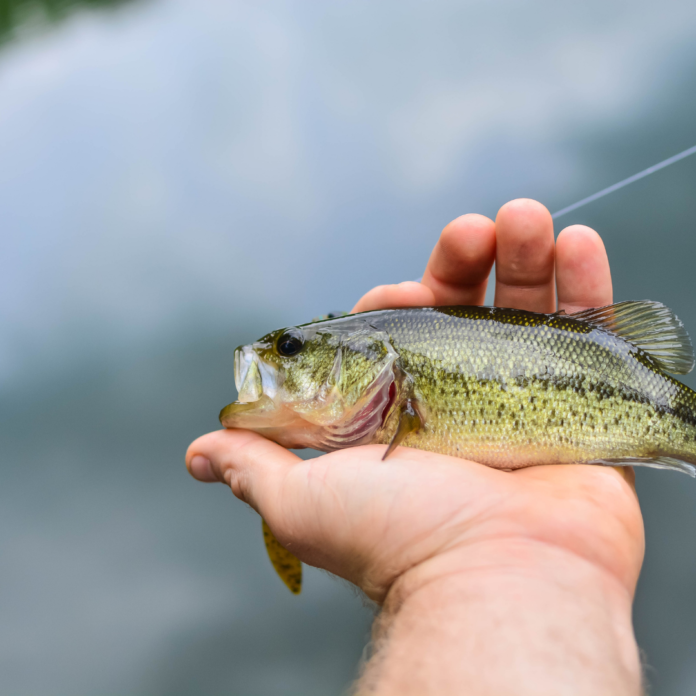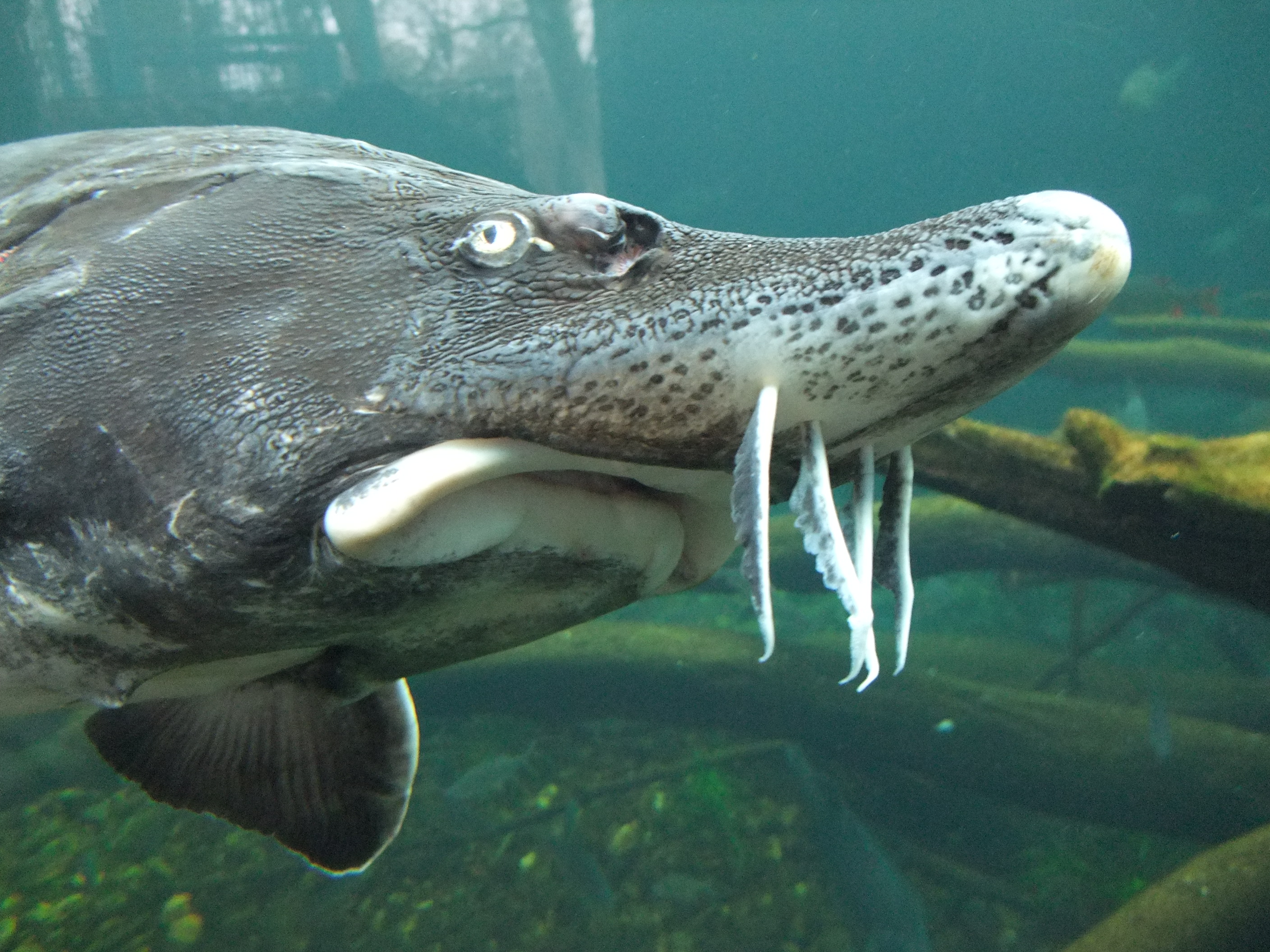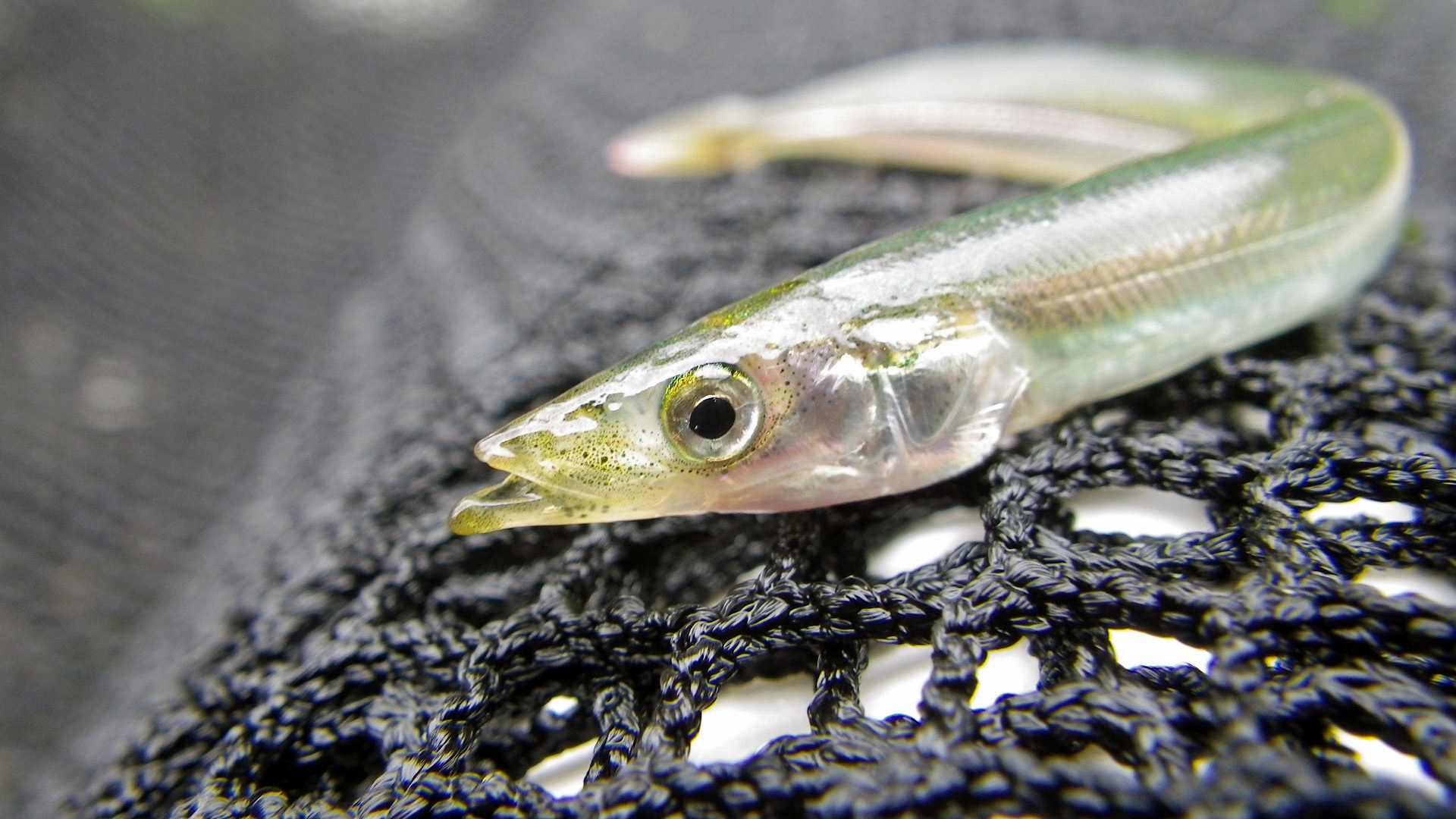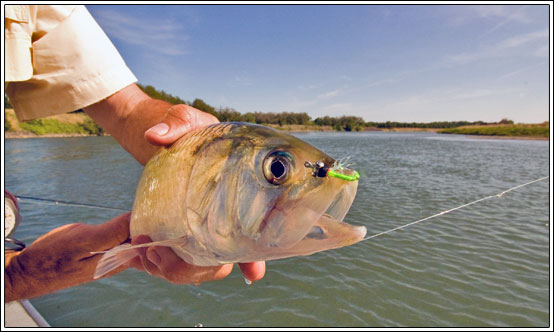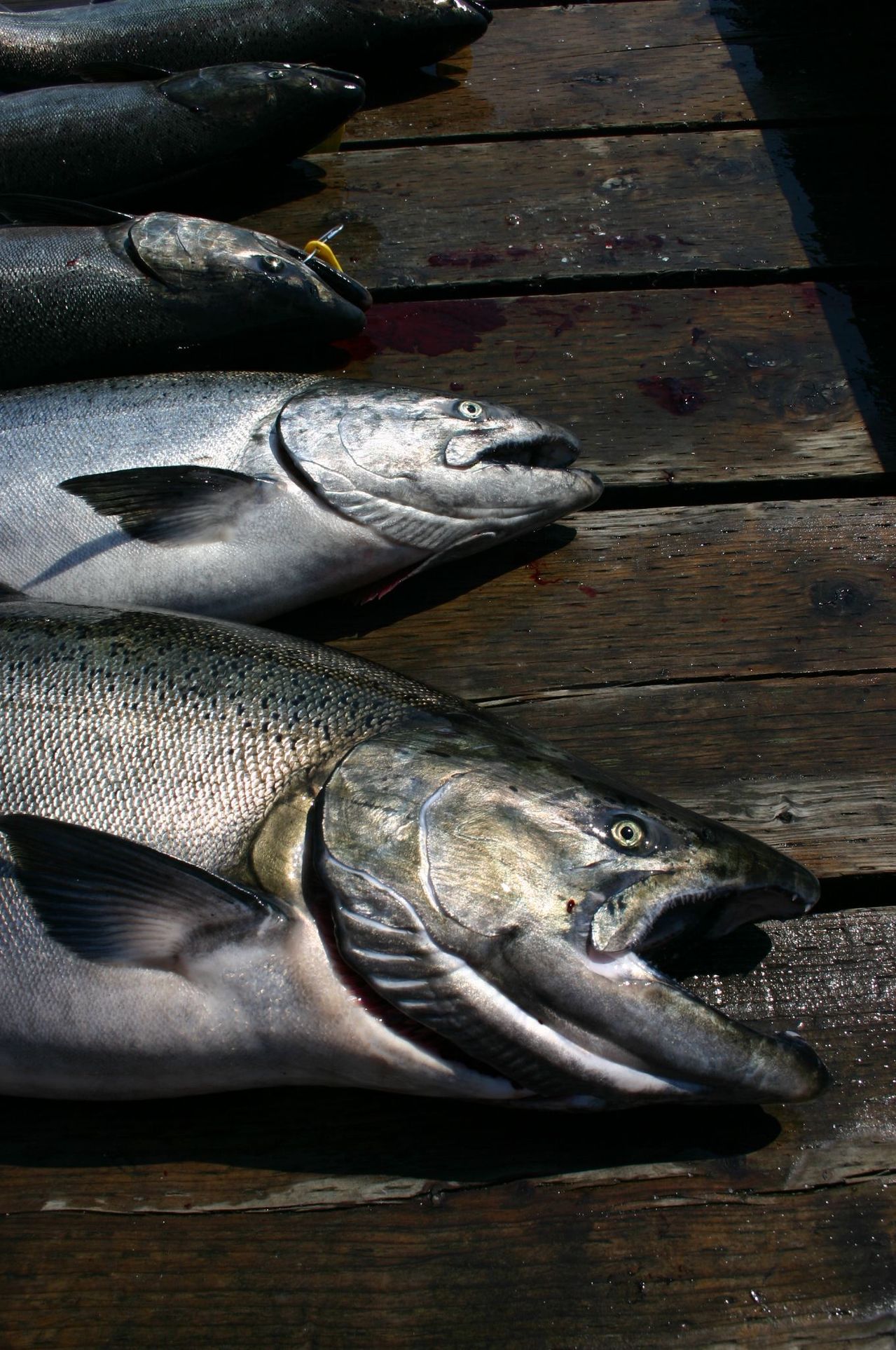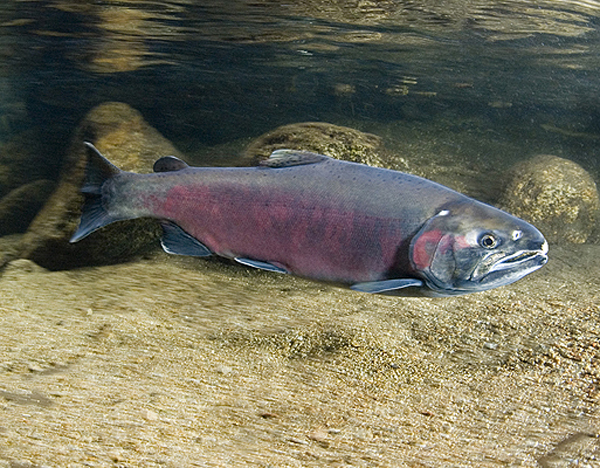What You Will Learn In This Article:
- Largemouth Bass Fishing Tips
- Largemouth Bass Lures / Crankbaits
- Largemouth Bass Bait / Surface Plugs (and Stickbaits)
- Spinnerbaits
- Spoons
- Jigs
- Plastic Worms
- How to Catch largemouth Bass Using Live Bait
- Casting and Flipping
- Tackle and Equipment
- Ultralight Bass Angling
- Cleaning and Cooking Largemouth Bass
Many an otherwise sane person is driven absolutely crazy by the immense selection of bass plugs, jigs, spoons, spinnerbaits, plastic worms etc. And professional bass tournament fishermen seem to own at least one of everything, based on the size of the tackle boxes in their boats.
Related Articles:
-
Lake Berryessa Fishing Tips
-
More Ploys with Fishing Plugs
-
SmallMouth Bass Lures and Everything to Catch Bass
-
Clear Lake Oregon Camping
-
Top Water Lures
Largemouth Bass Fishing Tips
Don’t despair. You don’t need one of everything to take bass. Largemouth bass offerings fall into seven categories:
- Crankbaits
- Surface Plugs
- Spinnerbaits
- Spoon Jigs
- Jigs
- Plastic Worms
- Live Bait
It’s probably a good idea for a serious bass angler to have a sampling of the basic offerings in each category, but that isn’t even necessary. For example, some bass fishing experts say that one or two types of account for more bass than all the others combined. These two are plastic worms and spinnerbaits.
Largemouth Bass Lures / Crankbaits
Crankbaits are a broad category of bass lures, mostly plugs that get their name because the reeling speed determines how much the lure dives, vibrates and wobbles. Most of these lures have plastic, fish-shaped bodies. They also have a plastic lip, the size, shape and angle of which imparts action to the reeled lure.
Many have two sets of treble hooks which provide a good chance to hook a striking bass. But this also increases the chance of snags, so crankbaits are best used in open water. Crankbaits work, to one degree or another, almost all year long at sloping points, along shorelines, in shallow flats, etc.
Crankbaits either float at rest, sink slowly or sink rapidly. The most common way to fish this lure is to first jig it for a moment before beginning the return. Then reel fast to get the lure to the bottom. Now slow down enough to either drag the lure along the sloping bottom or bump it along, or return steadily right over the bottom.
Crankbaits are designed to be fished parallel to the shoreline so you can keep the lure near the bass, and at the prescribed depth for the longest time.
Popular bass crankbaits include Bomber Model A’s, Rapala Fat Rap and Storm Wiggle Wart. Shad and crawdad styles are popular.
Largemouth Bass Fishing Bait / Surface Plugs (and Stickbaits)
Surface plugs are top-water lures that simulate a sick or injure bait fish, frog or other creature. They float both when still and when retrieved. Most surface plugs have an action designed into them using blunt ends, propellers, dish-faced, etc.
The proper retrieve for most of these is slow, erratic and stop-and-go. But before retrieving many anglers will just let it sit in the target area for up to a minute or two, just twitching it, to send out vibrations and small ripples around it. Popular surface plugs include Rip-N-Minnow, Chug Bug and Devil’s Horses.
There is another class of surface plugs called stickbaits that are unique because they don’t have any action built into them. Probably the most famous of these is the Zara Spook. The action needed to make a stickbait work must come from the skill of the angler.
This takes several hours of practice to develop. articles and bass books can be found at your local library to show you how to do it. the reading and the practice may be worth it because stickbaits have one profound advantage over other surface plugs.
They can be kept in the target area longer because very little forward motion is required to give them the action needed. A stickbait in skilled hands may catch more fish than other surface plugs. The prime season for surface plugs is in the springtime spawning season when bass are in shallow water, especially in the early mornings and late evenings. They are also good in summertime in shallow water after dark.
Spinnerbaits
Spinnerbaits are one of the most productive of all bass catching lures and are simple to cast and retrieve. They are good all year, especially in water up to 10 feet deep. use them along brushy structures, in flooded trees or fallen trees. Most spinnerbait designs are semi-weedless so hang-ups are not a constant concern. Veteran anglers vary the return to change depth and action, but in most cases, the slower the retrieve the better.
Here are some tips. The best all around colors are probably white or chartreuse (yellowish). Spinnerbaits can be hopped along the bottom like a jig. In this style of fishing, blades that flutter freely on the downfall bring strikes. the size of spinnerbaits should approximate the length of the bait fish in the area. Skirts can be trimmed to accomplish this.
The best tip of all: Add a plastic worm or pork rind on the hook of the spinnerbait. It produces more strikes from bigger bass. Probably because it keeps the lure up in water, even with a slower retrieve.
Spoons
Jigging a spoon is a little-practiced largemouth bass fishing technique that is easy and effective. It’s a great method to take bass from late autumn through early spring. That’s when largemouths seek warm water down deep in Northern California reservoirs. It can also work in midsummer when bass go deep to find water cooler than surface temperatures.
A wobbling spoon is dropped down over the side of the boat and then raised up and fluttered down at whatever depth the bass are at. The more flutter the better on the down drift. Work the jig in about a 3-5 foot, up and down range. Hopkins 75 and Haddock Structure Spoons in about the 1/2-3/4 ounce range are about right. Fish can be taken in depths between 30-60 feet with this approach.
Jigs
Jigging, typically with a skirted lead-head jig, is somewhat more complicated than spoon jigging. but it is a very productive technique. The jig is cast out or flipped out (more on this later) and then allowed to drop to the bottom. The most common retrieve is to skip the jig along the bottom in short, sharp jerks.
Imagine you’re dragging the jig along the bottom from a drifting or steadily trolled boat. That’s about how you want your jig to act. most strikes occur on the initial drop or on the ensuing flutter downs. Garlands Spider Jigs and Haddock Kreepy Crawlers are popular.
The most famous jig rig in Northern California bass waters is in the “Pig ‘n Jig.” It’s a 3/8 to 1/2 ounce skirted jig (usually dark colored, like brown) with a weedless hook. A pork rind (or plastic trailer) is put on the hook. The rind makes it look more like a crawdad and also slows the rig’s descent. When you move the Pig ‘n Jig off the bottom, don’t just let it drop, let it down and be alert for a take. Keep slack out of your line to feel the strike and watch your line for unnatural movement.
Plastic Worms
Some people claim that each year more largemouth bass are taken on plastic worms than on all other artificial lures combined. This could well be true. Plastic worms do have several special advantages over other lures:
- They can’t be fished at all depths of water.
- They have outstanding action at different retrieve speeds.
- Weedless rigging is a snap.
- They’re inexpensive so anglers don’t mind risking them in heavy cover.
- They can be rigged in different ways for different situations. For example, in shallow spring spawning waters they can be fished weightless.
Plastic worms (from 4-6 inches long) are worked along the bottom much the same as in jigging. Work them slowly and erratically , like a nightcrawler twisting and drifting in the current. Dark colors like purple and brown are most productive. Plastic worms can also be used for vertical jigging, like spooning.
How to Catch Largemouth Bass Using Live Bait
Live bait largemouth bass fishing isn’t all that common anymore. That’s strange, in a way, because live bait was the only way bass were caught along before plugs, spinnerbaits and all the other artificials came along.
For instance, you can use several live frog harnesses in your collectibles. It holds the little guy in a swimming posture and would be great for casting and retrieving a frog without putting a hook through it.
But other live bait are a different matter, especially live crawdads. These critters are the way to go if you want to catch a really big bass.
Some anglers prefer to just put some split shot up the line about a foot or two from the hook. Others use no sinker at all. Use a #6, 8 or 10 bait hook, depending on the size of the crawdad. When you see a twitch, that is the largemouth picking up the crawdad. As the fish moves off with the bait, the belly will come out of your line.
Let the bass run a few feet and then set the hook hard. Don’t allow any slack in your line when playing the bass. Fish rocky points, drop-offs and ledges. Spring is the best time to catch the lurkers on live crawdads.
Casting and Flipping
Accuracy is the measure of a good cast. Consistently accurate bass casters will hook more fish. Besides the traditional overhand cast, often a sidearm or even an underhand cast is called for to reach the target (when casting an overhanging branch, for example) and to gently put the offering on the water. The three keys to accurate casting are practice, practice and practice.
Flipping (or Flippin’) is a specialized casting technique. It’s used to delicately put a jig or plastic worm on the water, especially near or in heavy cover. Springtime shallow water bassing is the prime flipping time. In elementary terms, the standing angler strips line off the reel, much like a fly angler, as the offering swings from the rod tip like a pendulum.
On a forward swing the jig is flipped out and gently “put” on the water. Accuracy is critical as is an almost ripple-free landing. Weedless offerings are a rule. And in order to fight the bass in close and keep it out of cover, heavy equipment is used. A specialized flipping rod (about 7 1/2 feet) is matched with 15-25 pound test line.
Tackle and Equipment
Today, many bass anglers use what is known in the trade as a bass boat. These boats were popularized in Bass Derbies. They are about 16-20 feet long, with pedestal seats, large outboard motors, an electric trolling motor (used for maneuvering, not trolling), several depth finders, a fish box, a flashy sparkling finish, and on and on.
Bass boats are fun and functional, but the good news is that you don’t need one to catch your share of bass. The bad news is that successful bass fishing probably does require some kind of boat that can be maneuvered along an irregular shoreline.
Many kinds of boats will do: an inflatable, a canoe, a dingy, a row boat, an aluminum boat, or a small stern-drive cruiser. Shore fishing for bass is also possible. And some lakes like San Pablo have good shore bass angling. But at most lakes, covering a number of promising structures on foot is difficult.
To find promising bass territory during all seasons, you’d best be equipped with maps of the lake, a thermometer that works well under water and an electronic fish finder. A flasher type will do, but a graph recorder, a liquid crystal, or video style is preferred.
Now for the tackle itself. Here, there is a great deal of latitude. The possibilities include the following:
- Spinning equipment – 6 to 7, light to medium action spinning rod, open-faced reel with 8 to 12 pound monofilament line.
- Spin casting equipment – 5 to 6 foot pistol-grip, light to medium rod, closed-faced spinning reel with 8 to 12 pound monofilament line.
- Bait casting equipment – 5 to 6 foot pistol-grip, light to medium rod (can be used with spin casting reel), bait casting reel (some have magnetic anti-backlash mechanisms) with level-wind feature, star drag and 8 to 12 pound monofilament line.
What lures, to use with these rods and reels? Beginners and once-in-awhile anglers should probably have a good selection of spinnerbaits, crankbaits and a surface plug or two. These are the easiest to retrieve with good action, and they catch a lot of fish. A few wobbly spoons for spoon jigging in deep water are also handy. More experienced anglers wouldn’t be without a good selection of plastic worms and lead-head jigs.
Professional bass anglers often put scent formulas on all their lures. It adds attracting odors and covers up human odors. Next to vibration, bass probably respond most to odor. This is an inexpensive way to improve your chances. Tests indicate that the color of one’s lure is also important in producing strikes, depending upon water clarity. There’s an electronic instrument called a Color-C-Lector on the market that tells anglers which color offerings to use at a given depth in a particular water clarity. Results have been promising. It’s worth looking into.
Ultralight Largemouth Bass Fishing Angling
Want to put more hook-ups and more excitement into your bass fishing? Here’s the way: Use ultralight spinning tackle, 2-4 pound monofilament and “forage-sized” lures. with this setup, you’re sure to get more strikes because the bass can’t see the line, and your offerings duplicate the size of bucketmouths’ regular food – threadfin shad and crawdads. and the sheer joy of fighting bass on this light tackle can’t be beat.
You’ll want a rod in the 5’6″ to 5’9″ range with a fast taper (i.e. a rod that bends under a load only in the upper third of its length.) The solid backbone provides good hook setting in the hard mouth structure of the black bass. Match this with an ultralight spinning reel. Note that front drag systems, though less convenient than rear drag models, offer more drag surface over which to dissipate heat and distribute pressure. Use high quality line.
A wide variety of baits are available. There are ultralight crankbaits from companies like Cordell, Rebel and Heddon. Small spoons (about 1/8 ounce) like Kastmaster and Krocodile are good. Another good bet is soft plastics. Small plastic worms, 2-inch feather-like reapers, tube baits like Fat Git Zit and little curl-tail grubs are all excellent bass takers.
Some rigs are best on a 1/16-1/8 ounce p-head jig hook, while others are best on a Texas-style rig. Replace the sliding sinker with a small split shot about 18 inches up the line. Even tournament bass anglers are finding that ultralight bassing can give them that competitive edge.
Cleaning and Cooking Largemouth Bass
Bass can be scaled, gutted and beheaded, but many prefer to fillet them. This is the easiest way to remove the scales and skin. Any muddy flavor is in the skin. Bass is mild and flaky. It can be cooked in a variety of ways including sauteing, broiling, poaching, baking and frying. But in any method of preparation, remove the skin before cooking.
Of course, tournament bass anglers release all caught fish by utilizing a live-well in their boats. More recreational bass anglers should probably follow the catch and release ethic. And nobody should keep more bass than they can properly use.

